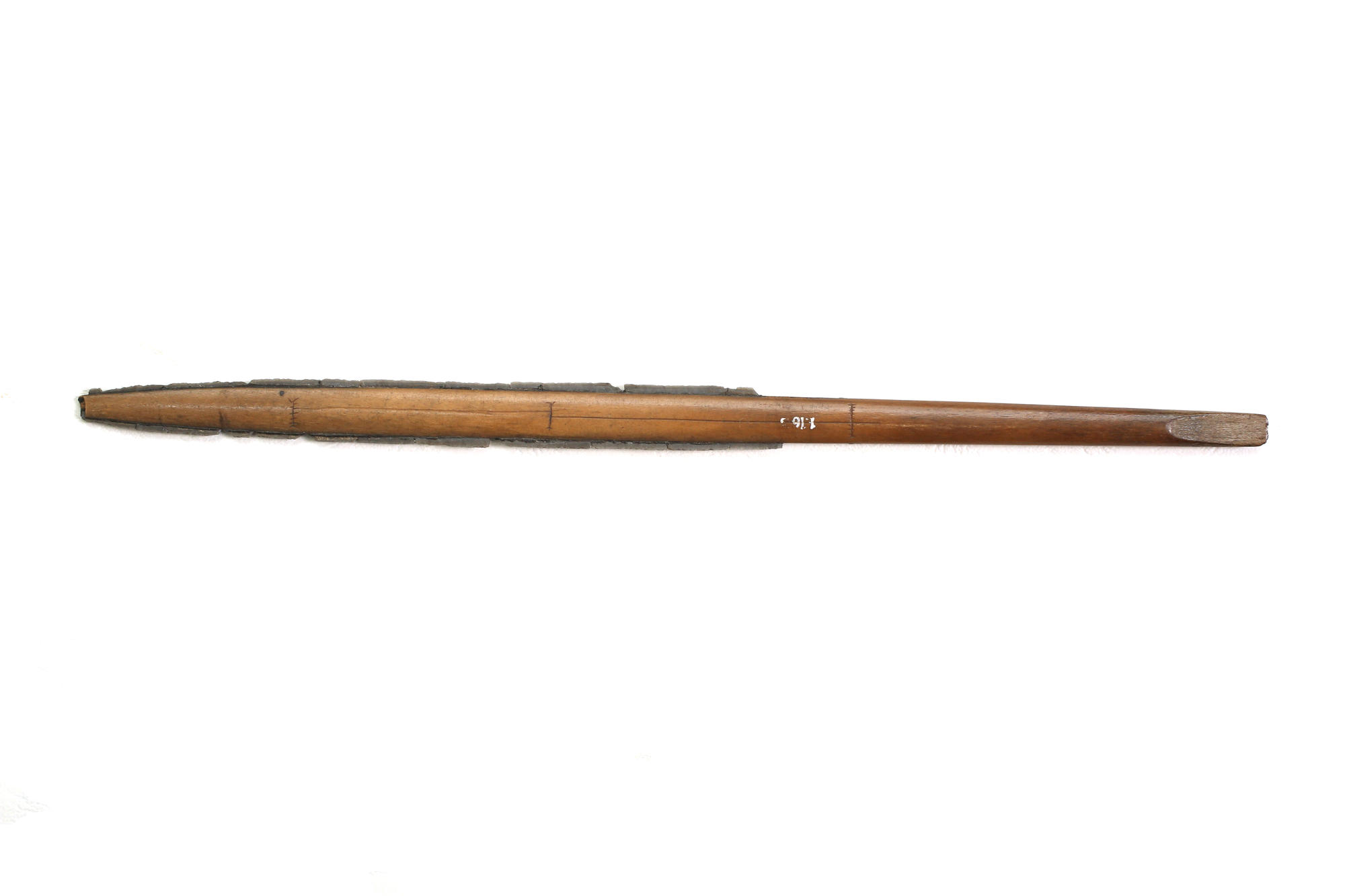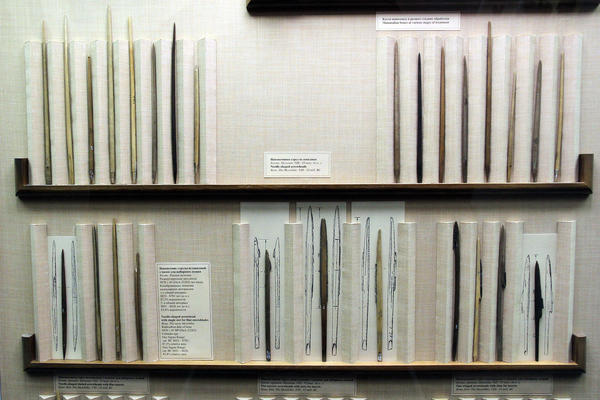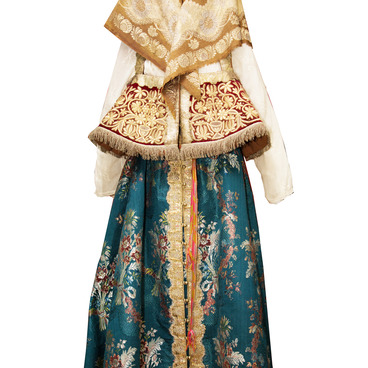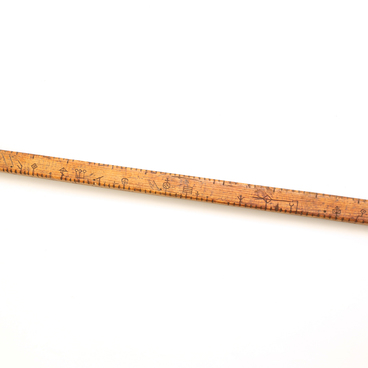The narrow compound Arrow Head with grooves was made in the Mesolithic Period, 6-9 thousand years B.C. It was made in the territory of what now is Sverdlovsk Region. In late 19th century, gold miners explored the Shigir peat bog and discovered a lot of historical artefacts. Among those there were bone insert arrow heads that were included into the Shigir Collection of the museum. Now the Collection contains over a thousand items of the Mesolithic period.
Narrow flat symmetrical arrow head with grooves
Creation period
11,000 – 8,000 years ago
Dimensions
22x1,5x0,7 cm
22х1.5х0.7 cm
22х1.5х0.7 cm
Technique
Scraping, planing, groove cutting, buffing, polishing, engraving
Exhibition
2
Open in app#6
Unknown Author
Narrow flat symmetrical arrow head with grooves
#9
#10
Bone heads from the Shigir peat bog exhibited in the Shigir Room
#16
Using
#8
The Head is made of the central part of an animal long bone. It used to be inserted into the arrow shaft tip, therefore it is called ‘the insert head’ and belongs to flattened symmetrical arrow head type. The weapon was used to hunt large animals, bears or moose deer.
#14
Manufacture
#5
For convenience of bone working, ancient people used to soak the bone in a primitive alkaline solution made of ashes and water. The bone had been soaked in the solution for several months, after which it became soft and plastic. Narrow grooves were cut in the bone for two thirds of the length of the weapon. Then, with the help of stone chisels the bone was split longitudinally into micro-chips, that were then made into blanks for the arrow heads. The alkaline solution made the bone soft for a short time period only, then it became hard again.
#11
The grooves at the end of the head were cut with a stone chisel. That resulted in a plane face of two-three millimeters wide and four millimeters deep. Thin flintstone chips were inserted into the grooves. They were glued with a mastic of wood resin and various organic and mineral admixtures. When the arrow with an insert head entered the body of an animal, part of the flintstone chips went off from the head and remained in the wound. That helped hunters to kill the beast. .
#15
Construction
#18
The bearing part of the head that is designed to be attached to the arrow shaft is called ‘the cap’, and the upper striking part that penetrates int the body of the game animal is called ‘the feather’. The cap of this exhibit is of medium length and of wedge-shaped form. In the middle of the cap there is an oval-shaped cut, and in the middle of the feather, a lens-shaped cut. A black geometric ornament is engraved on the flat part of the arrow head. The coloring matter is made of soot. The pattern decorating the weapon surface is a long thin line, crossed with short lines at the beginning, middle and end of the line. In their turn, the short lines are crossed with dense notches.
#13
The bow and arrows with bone and stone heads was the most significant hunting weapon of the Mesolithic period (13-8 thousand years B.C.) Nowadays, scientists identify 26 types of bone and horn arrow heads.
#19
Sverdlovsk State Regional Ethnography Museum
read morehide
00:00
00:00
1x
Narrow flat symmetrical arrow head with grooves
Creation period
11,000 – 8,000 years ago
Dimensions
22x1,5x0,7 cm
22х1.5х0.7 cm
22х1.5х0.7 cm
Technique
Scraping, planing, groove cutting, buffing, polishing, engraving
Exhibition
2
Open in app
Share




